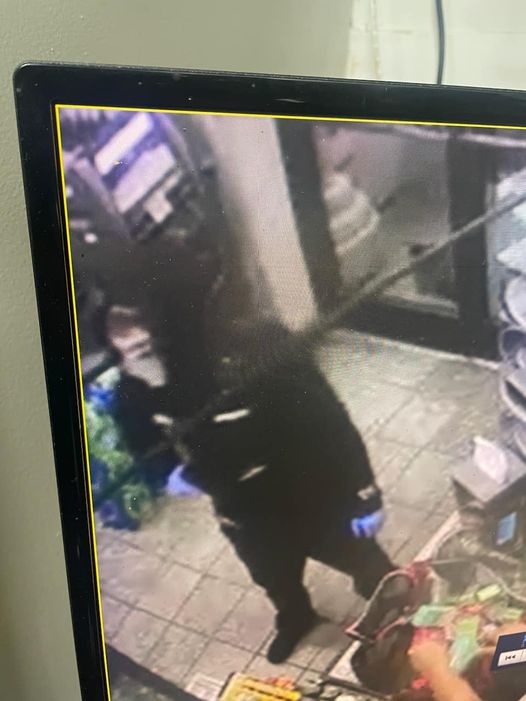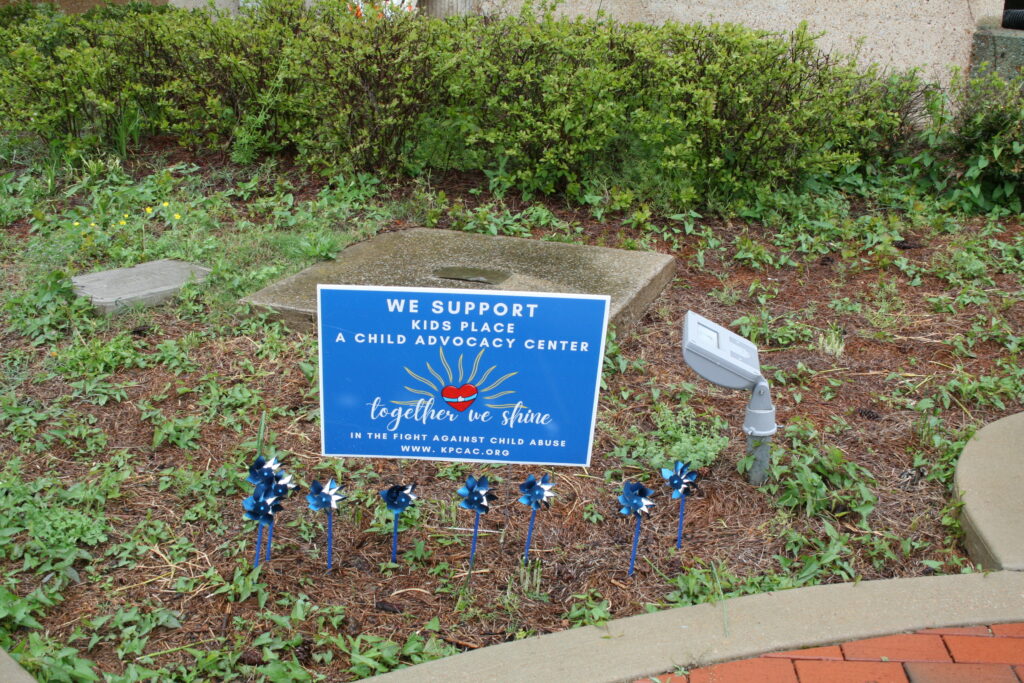The Wayne County News was added last week to the list of unfortunate businesses in Wayne County that have been duped by counterfeit money. When going through cash taken in at the newspaper office, WCN Bookkeeper Kara Turnbow noticed that one particular $20 bill seemed different in texture and size from the rest. Upon closer inspection, the bill had other counterfeit identifiers such as uneven borders and odd-looking serial numbers. A test with a counterfeit pen proved that the $20 bill was indeed a fake.
When retailers accept fake bills, they bear the entire burden of the loss. Although counterfeiters’ techniques have improved over the years, the bad bills can be detected.
Unfortunately for businesses, not all counterfeit bills are found and seized before getting into distribution. And when a business accepts fake money in payment for merchandise or services, they lose the face value of the money they received plus any good or services they provided to the customer who paid with the counterfeit money.
According to zenbusiness.com, there are ways to spot counterfeit bills. They say that business owners should train their employees to examine all bills they receive, $10 and higher. If they believe they are being given counterfeit money they should call the police.
Small business owners need to be aware of the many ways to detect counterfeit money. The Secret Service offers a downloadable PDF called Know Your Money that points out key features to look at to determine if a bill is real or fake. The Secret Service and U.S. Treasury also offer these suggestions:
•Hold a bill up to a light and look for a hologram showing an image that matches the face of the individual on the bill. Both images should match. If someone has bleached and altered a $5 bill to look like a $100 bill, for instance, the hologram will display an image of Abraham Lincoln, who appears on the $5 bills, instead of Benjamin Franklin. Looking at the bill through a light will also reveal a thin vertical strip containing text that spells out the bill’s denomination.
•Color-shifting ink: If you hold a new series bill (except the $5 note) and tilt it back and forth, observe the numeral in the lower right hand corner as its color shifts from green to black and back.
•Watermark: Hold the bill up to a light to view the watermark in an unprinted space to the right of the portrait. The watermark can be seen from both sides of the bill since it is not printed on the bill but is imbedded in the paper.
•Security Thread: Hold he bill a light to view the security thread. You will see a thin imbedded strip running from top to bottom on the face of a banknote. In the $10 and $50 the security strip is located to the right of the portrait, and in the $5, $20 and $100, it is located just to the left of the portrait.
•Ultraviolet Glow: If the bill is held up to an ultraviolet light, the $5 bill glows blue; the $10 bill glows orange, the $20 bill glows green, the $50 bill glows yellow, and the $100 bill glows red – if they are authentic.
•Microprinting: There are minute microprinting on the security threads: the $5 bill has “USA FIVE” written on the thread; the $10 bill has “USA TEN” written on the thread; the $20 bill has “USA TWENTY” written on the thread; the $50 bill has “USA 50” written on the thread; and the $100 bill has the words “USA 100” written on the security thread. Microprinting can be found around the portrait as well as on the security threads.
•Fine Line Printing Patterns: Very fine lines have been added behind the portrait and on the reverse side scene to make it harder to reproduce.
•Comparison: Compare the feel and texture of the paper with other bills you know are authentic.
If you believe you have received counterfeit money, you should contact your local police department to file a report. Remember, if you are passed a counterfeit bill, you own it! So when accepting cash, it pays to be knowledgeable about the crime of counterfeiting.




